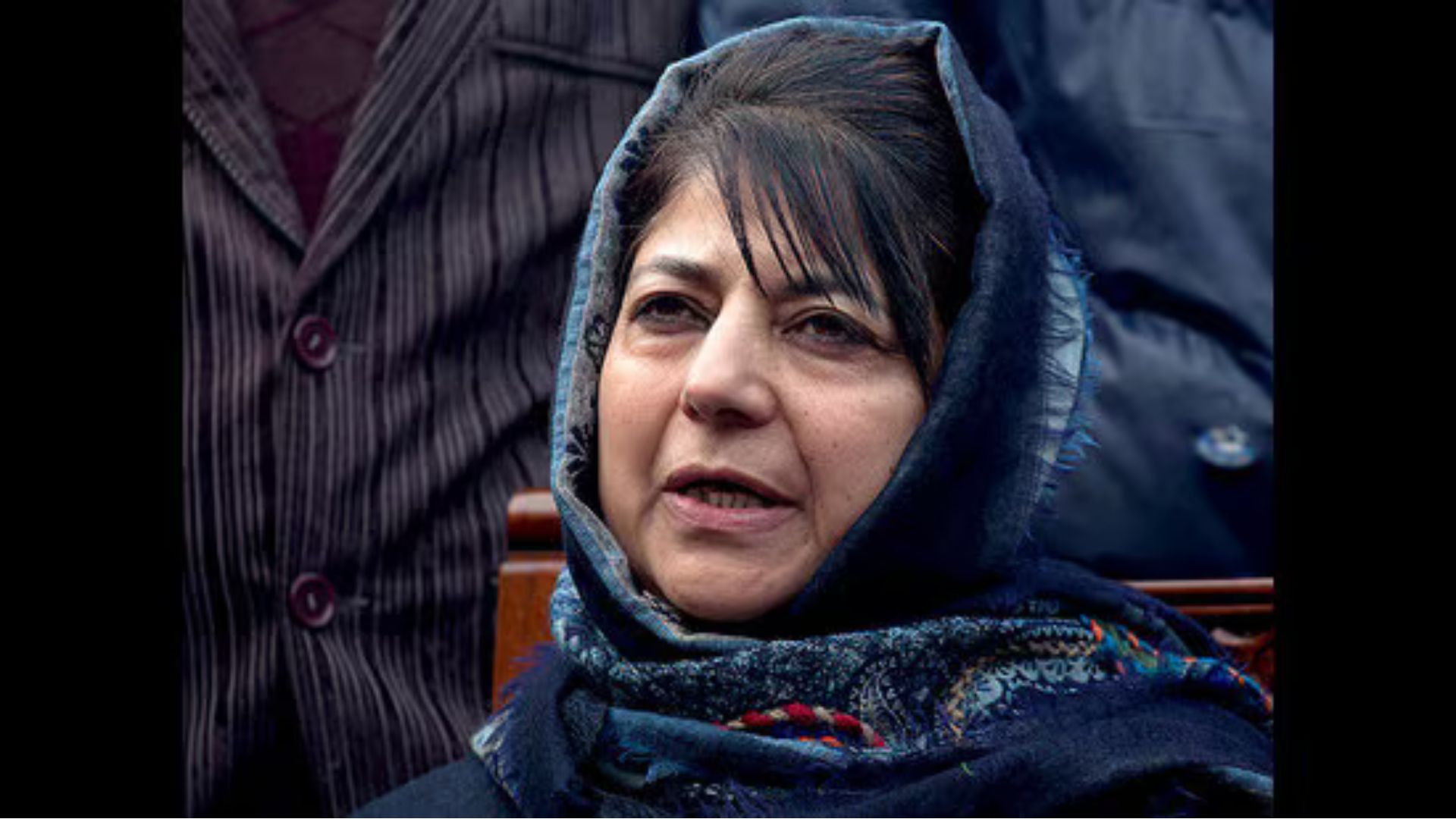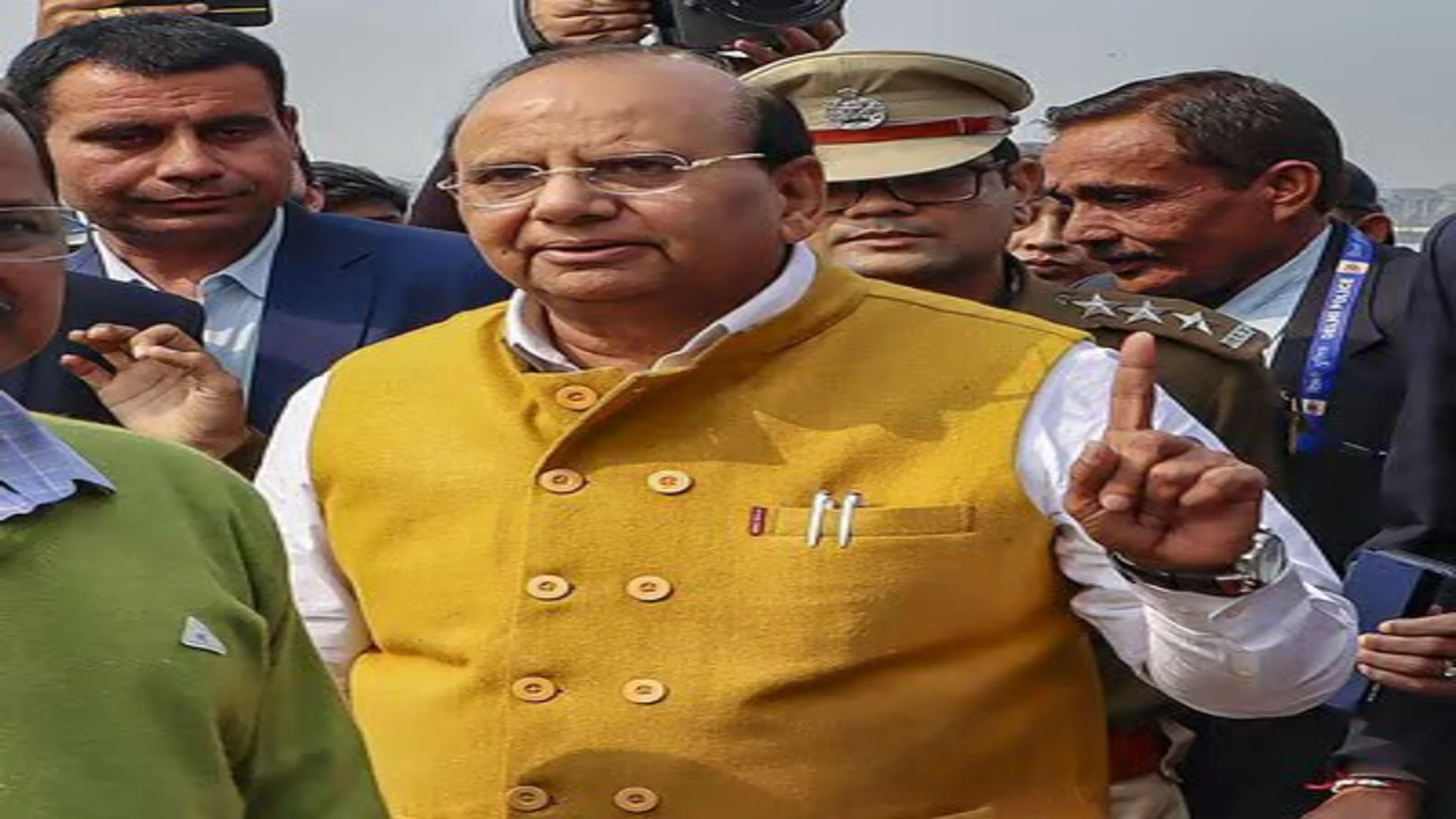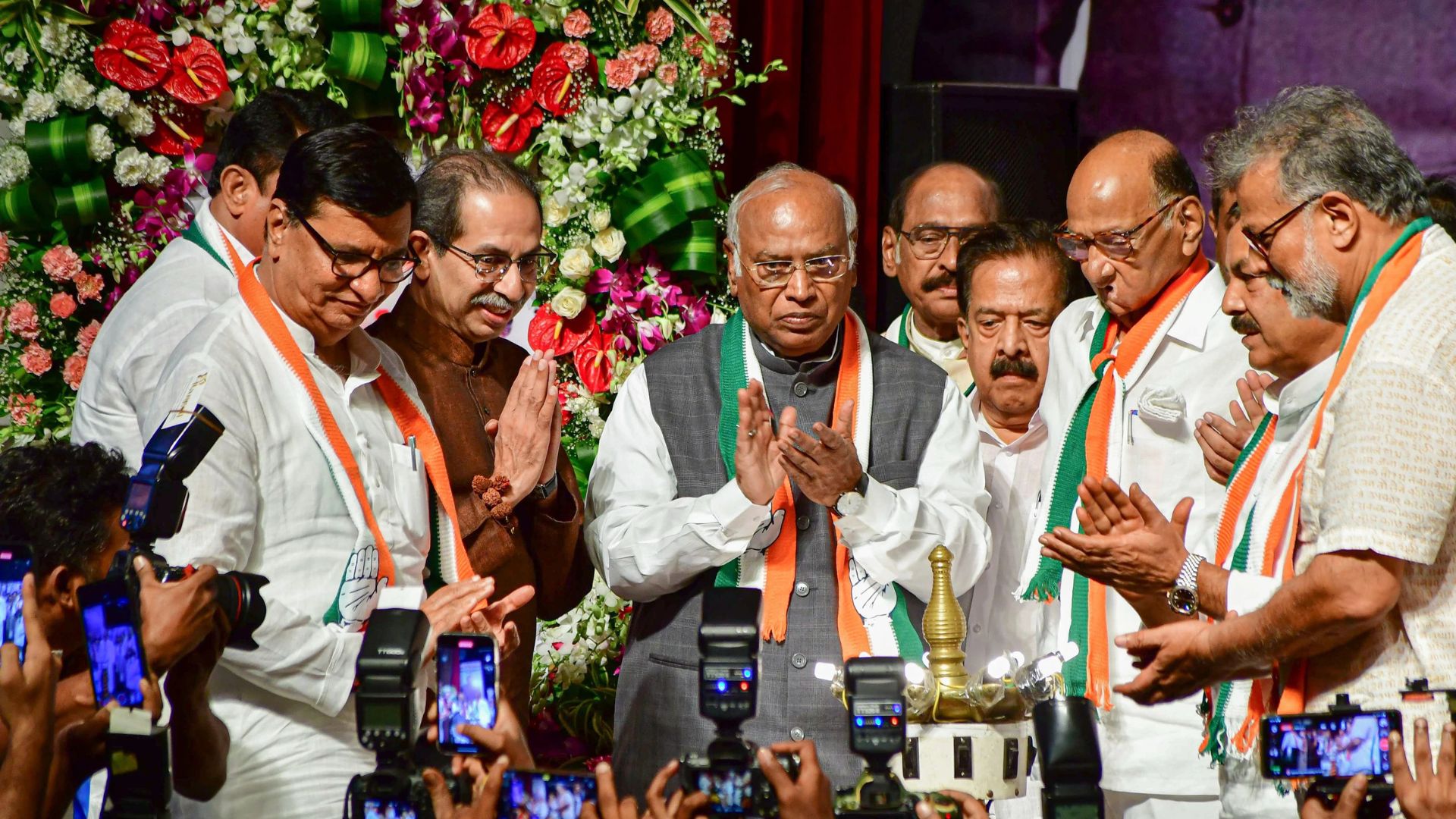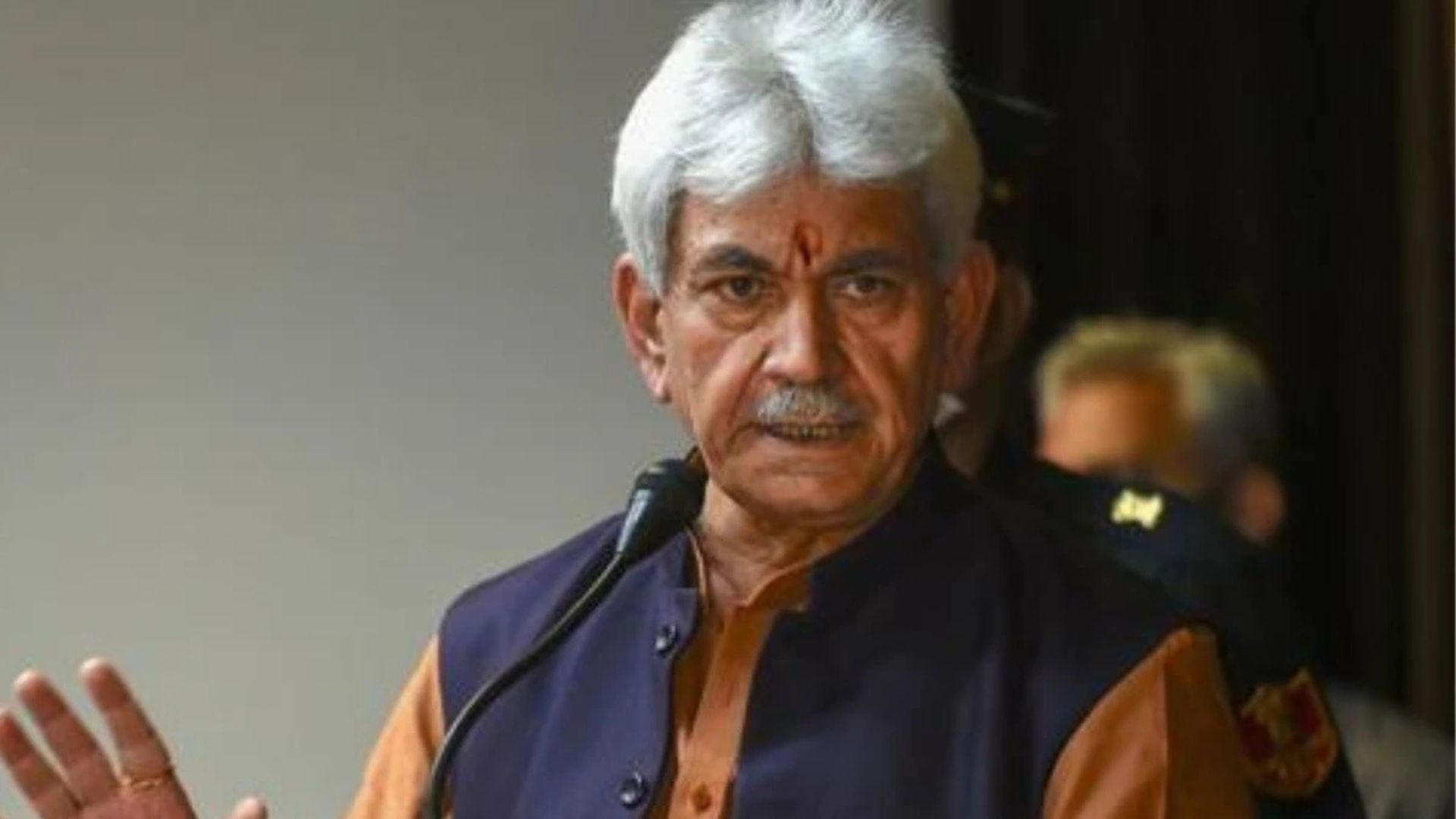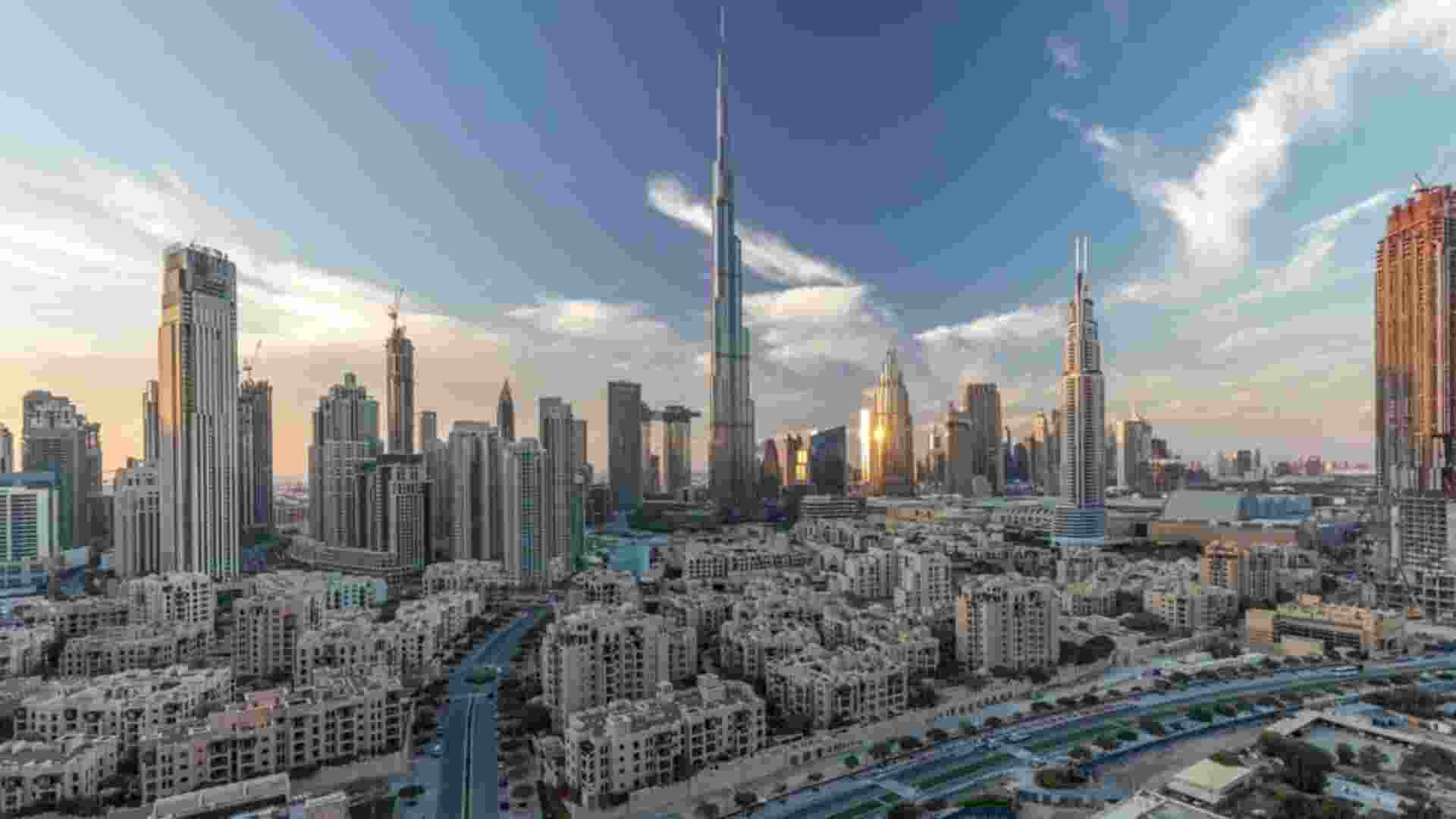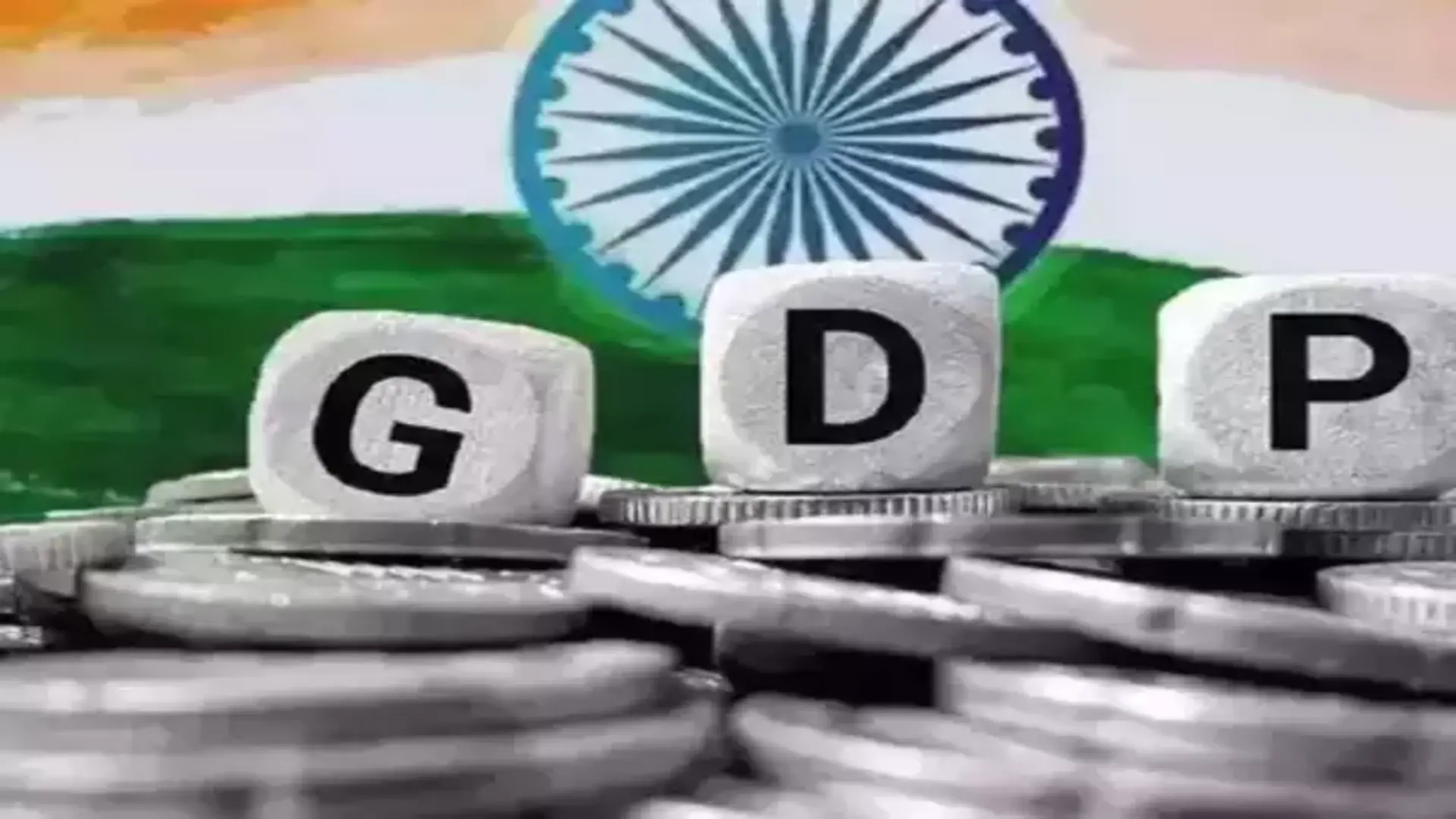
India’s economic growth decelerated to 5.4% in the July-September quarter of FY2024-25, falling short of the Reserve Bank of India’s (RBI) 7% forecast. This marks the slowest expansion in seven quarters, prompting economists to revise their annual growth projections.
The downturn is largely attributed to a significant slowdown in the manufacturing sector, which recorded a mere 2.2% growth compared to 7% in the previous quarter. Upasna Bhardwaj, Chief Economist at Kotak Mahindra Bank, noted that the disappointing corporate earnings data, especially in manufacturing, contributed to the sharp dip in GDP growth. She anticipates a marginal improvement in the second half due to festive-linked activities but expects overall GDP growth for FY25 to be around 6.2%, approximately 100 basis points below the RBI’s estimate of 7.2%.
Private consumption, accounting for about 60% of GDP, has been adversely affected by rising food inflation, elevated borrowing costs, and stagnant wage growth, leading to weakened urban demand. Retail food prices surged by 10.87% year-on-year in October, eroding household purchasing power. Despite these challenges, rural demand shows signs of recovery, bolstered by a strong agricultural performance.
Sujan Hajra, Chief Economist at Anand Rathi Shares and Stock Brokers, observed that excluding statistical discrepancies, GDP growth stands at a healthier 7.5%. He maintains a full-year growth projection of 7%, implying a 7.9% growth in the second half, driven by robust agricultural output and increased capital expenditure from both central and state governments. However, he cautions about potential headwinds, including the impact of Chinese imports and policy uncertainties following the U.S. elections, which could dampen private sector investment.
In response to the slowdown, the RBI is expected to maintain current interest rates, balancing the need to support growth while addressing elevated inflation and an uncertain global environment. The central bank remains optimistic about the medium-term outlook, suggesting that the slowdown observed in the second quarter is transitory.
Also read: ICC Meeting Adjourned Amid India-Pakistan Champions Trophy Standoff
As the fiscal year progresses, the interplay between domestic demand, inflationary pressures, and global economic conditions will be crucial in determining India’s economic trajectory. Policymakers and stakeholders will need to navigate these challenges to sustain growth and ensure economic stability.
